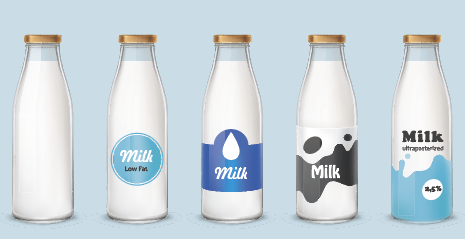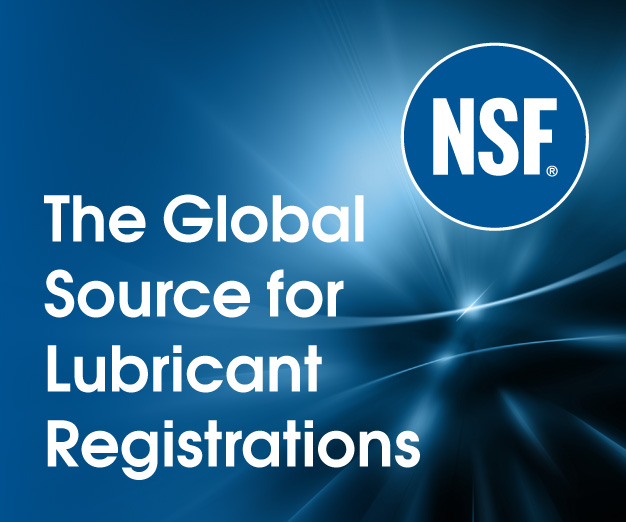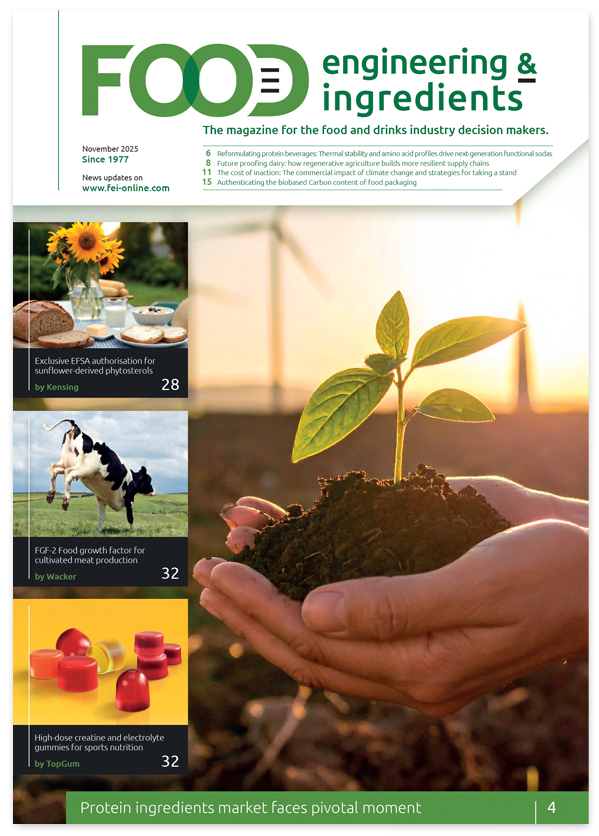Researchers develop more effective way to monitor milk production
Food safety starts with effective monitoring. For the milk production industry, that means carefully monitoring for contaminants at every stage of the supply chain – beginning with the farm and continuing until the product hits the supermarket shelf. Unfortunately, doing so is easier said than done.
“The way we monitor milk production today is both expensive and time-consuming,” says Stefano Toffanin, research director at the Italian National Research Council. “In fact, standard tests can take hours to perform, and even days to get the results.” With the support of EU funding, Toffanin is leading an effort to streamline the milk monitoring process. “Our solution is a self-managing, automatic, integrated photonic sensor that can be used to rapidly conduct routine, on-site monitoring across the entire milk supply chain – and do so in real time,” explains Toffanin.
According to Toffanin, the MOLOKO < https://www.moloko-project.eu/ > sensor can monitor up to 10 food safety and quality indicators, including the presence of antibiotics and proteins such as lactoferrin. To do this, it uses an innovative combination
of organic photonics, nano-plasmonics, bio-diagnostics and microfluidics. “The result of this combination is the ability to streamline and simplify the process of collecting samples and sending them to laboratories,” he adds.
Designed specifically for the milk production sector, the compact sensor can be easily integrated into all the typical checkpoints found along the supply chain. “Such an advanced sensing system has never been used in the extended milk value chain,” says Toffanin. “Our miniature sensor stands out in that it can be integrated everywhere, from the milking machine on the farm to large industrial milk processing plants and everything in between.”
Not only is MOLOKO extremely versatile, it’s also really fast – the sensor can provide a reliable and complete measure in about
12 minutes. This speed not only enhances farmers’ and food-processing companies’ ability to stop contaminants from entering and moving along the food chain, it can even prevent food poisoning. “By significantly moving the needle in terms of rapid diagnostics, we’re able to take corrective action faster and farther up the supply chain,” notes Toffanin.
Despite development delays caused by the COVID-19
pandemic, Toffanin says the project succeeded at accomplishing many of the goals it set out to achieve. “The strong collaboration, support, and positive attitude shared by all the project’s partners was the key to our success,” he adds. Some of those partners continue to work on the MOLOKO sensor, with the aim of taking it to validation and, eventually, commercialisation. Other partners are involved in the EU-funded h-ALO project < https://cordis.europa.eu/project/id/101016706 >, which hopes to take some of the technologies developed during the MOLOKO project and apply them to a photonic-based analytical tool that local food producers and sellers can use to control the quality and safety of their products in real time.




